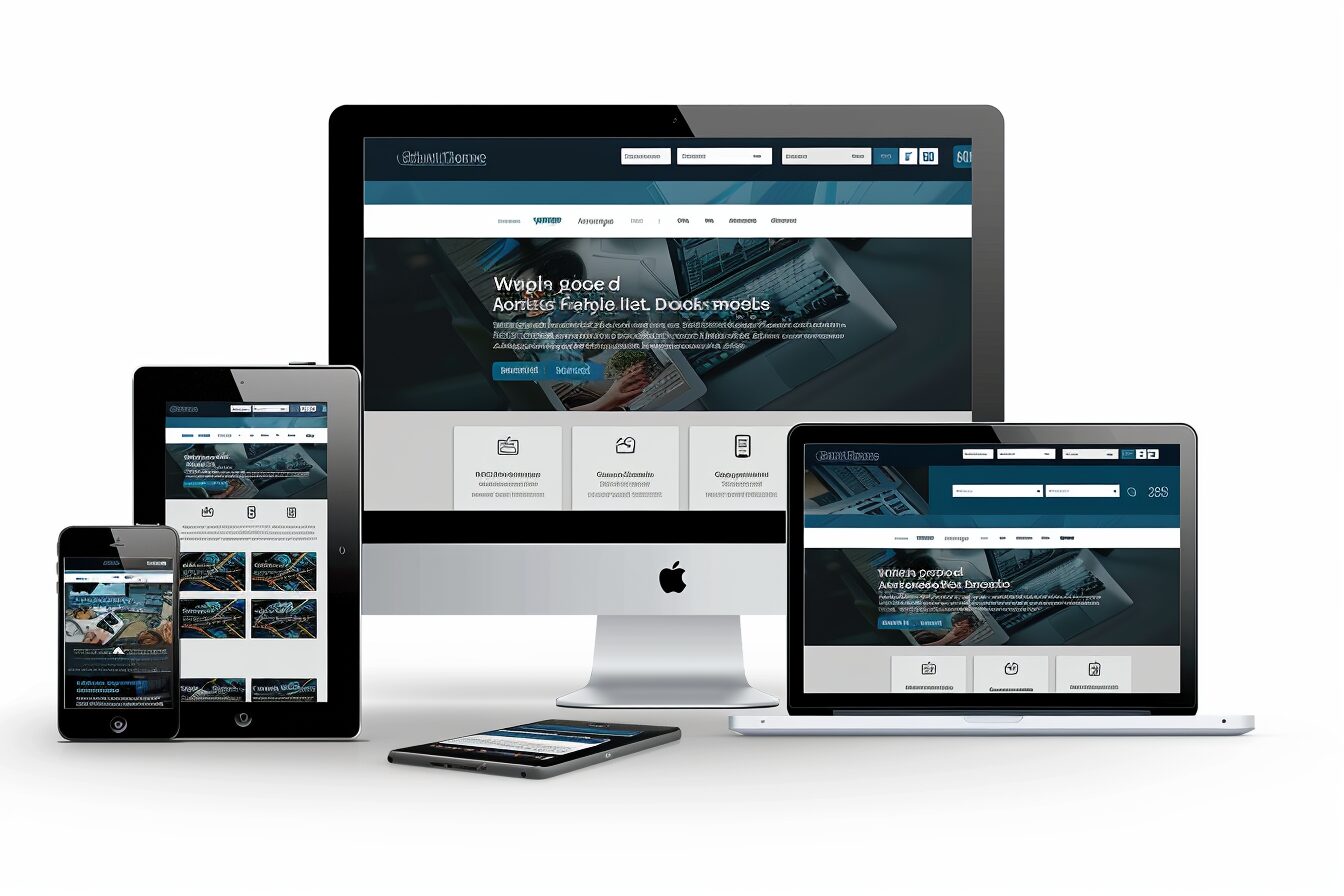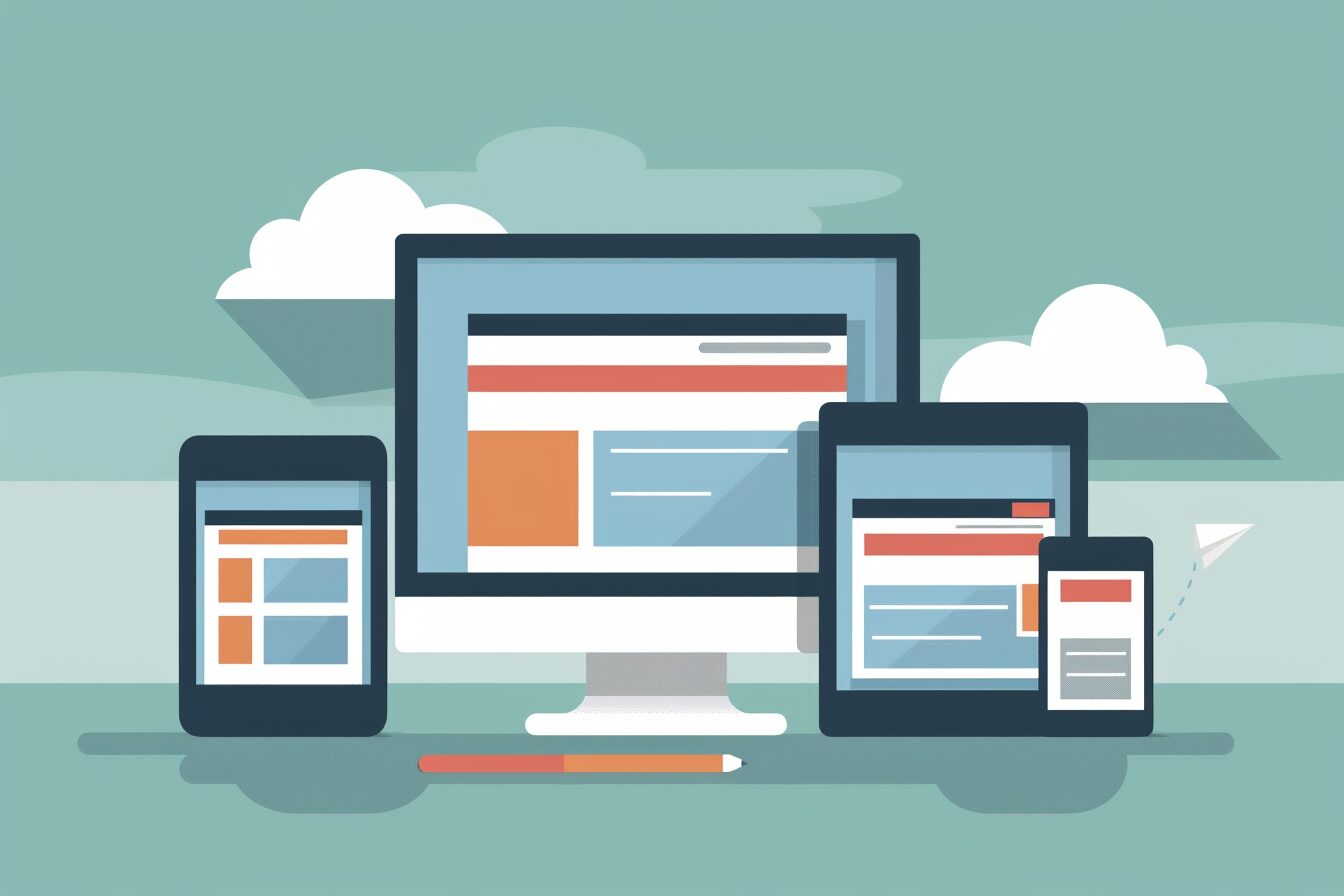Developing a website is a process that takes time, effort, and careful planning. While it may seem tedious to those unfamiliar with the process, it’s essential to go through all of the stages of website development carefully to ensure that your website turns out exactly how you want it to. Rushing your development will result in a site that fails to accomplish the goals you’ve set for it, which can lead to future problems with your brand and business.
Each stage of website development requires a different set of skills and knowledge, so it’s essential to understand the basics of each before you begin. With a clear understanding of what’s involved in each stage, you can develop a plan for your website development project to help you stay on track and avoid any costly mistakes.
There are seven stages of website development, each with its challenges and rewards.
Defining the Purpose of Your Website

The first step in developing a website is to define the purpose of the site. What are you trying to accomplish with your website? Who is your target audience? Once you have a good understanding of the purpose of your site, you can begin to develop a plan for how to achieve your goals.
This is a stage that you cannot take for granted because this will lay down the foundation for the rest of your site development. Sit down with your team and discuss your website’s scope to ensure you’ve covered all your bases to begin the development of your website. Part of this stage should also include identifying who your target audience is. This is needed because your target audience will help determine your website’s overall tone, messaging, and design.
Creating a Site Map and User Flow
The next step is to create a site map, which is an outline of the pages and content that will be on your website. This helps you to organise your thoughts and decide what goes where. Once you have a solid site map, you can create a user flow, the path you want users to take when they visit your site.
This helps you to determine what content needs to be on each page and how to lead users through your site in a way that makes sense. Creating a user flow helps you determine the most important pages and how users will interact with your site.
Designing the Look and Feel of Your Site
After you have your content planned out, it’s time to start thinking about the design of your site. This is where you decide on the colours, fonts, imagery, and overall look of your website.
It’s important to keep your target audience in mind when designing your site to create a space that appeals to them and meets their needs. You should also consider the user experience when designing your site so that users can easily navigate your pages and find what they’re looking for.
Developing the Website
Once you plan your design, it’s time to start developing your website. This is where all the code for your site is written and put into place.
You’ll need to hire someone to do this for you if you’re not a developer. Be sure to find someone who has experience in developing websites so that they can create a site that meets your specific needs.
Testing the Website
After your website has been developed, it’s crucial to test it to ensure everything is working correctly. This includes testing all of your site’s links, forms, and other elements to ensure they are functioning correctly.
It’s also important to test your site on different browsers and devices to ensure that it looks and works the way you want it to. This is an essential step in the website development process because it helps to ensure that your site is accessible to everyone who wants to visit it.
Launching the Website
Once you’ve tested your site and ensured everything is working correctly, it’s time to launch it! This is where your website goes live for the world to see.
Be sure to promote your new website so that people know it exists and can find it easily. You can do this through social media, email marketing, or other online channels.
Maintaining Your Website
After your website is up and running, it’s crucial to maintain it so it continues to work correctly. This includes updating your content regularly, fixing any broken links or errors, and ensuring that your site is secure.
You should also monitor your website’s analytics to see how users are interacting with your site. This helps you to identify any areas that need improvement so that you can make changes as required.
Additional Tips for a Seamless Website Development Process
While the website development process is easily broken down into several stages, these are by no means the only considerations you should make. For a truly successful website, there are a few additional tips to keep in mind:
Work with a team of professionals

While it’s possible to develop a website on your own, it’s often best to work with a team of professionals who can help you with each step of the process. This includes designers, developers, marketers, and more. By working with a team, you can be sure that your site is created correctly and meets all your needs.
Create a detailed plan
Before starting any work on your website, creating a detailed plan is essential. This should include your goals for the site, your target audience, the content you want to include, and more. Having a plan in place lets you ensure that your website is on track from start to finish.
Set aside enough time
Creating a website takes time, so it’s important to set aside enough time to work on it. If you try to rush through the process, you’re more likely to make mistakes or end up with a site that doesn’t meet your needs.
Be prepared for changes
As you work on your website, there’s a good chance that things will change. Your target audience may shift, your goals may vary, and new technologies may become available. It’s important to be prepared for these changes to make the necessary adjustments to your site.
Set realistic expectations from the beginning
It’s important to set realistic expectations for your website from the beginning. This includes establishing a budget, creating a timeline, and more. By having realistic expectations, you can avoid disappointment later on.
Make sure you clearly understand your target audience and what they need from your site
Your target audience is the people who will be using your site. It’s essential to take the time to understand their needs so that you can create a site that meets those needs.
The website development process is vital to consider when creating a new website for your business. Researching your target audience, analysing the products and services, and choosing the right technologies are crucial. Developing a website varies from one to another, but it’s always a worthwhile investment. Following these steps ensures that your site is well-designed, user-friendly, and meets all your needs.










